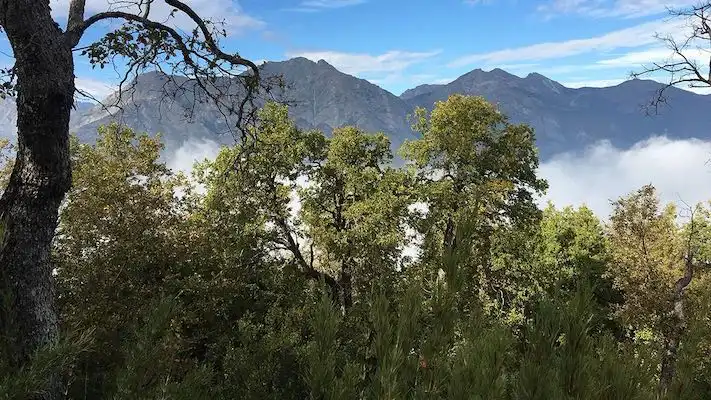
Some southern beeches in the Andes have plumbed deeper for moisture as the surface has dried up. But doing so may deplete resources and undermine the trees’ future health.

Some southern beeches in the Andes have plumbed deeper for moisture as the surface has dried up. But doing so may deplete resources and undermine the trees’ future health.

Applying an advanced imaging technology to plant roots, researchers have developed a new understanding of essential root chemicals that are responsible for plant growth
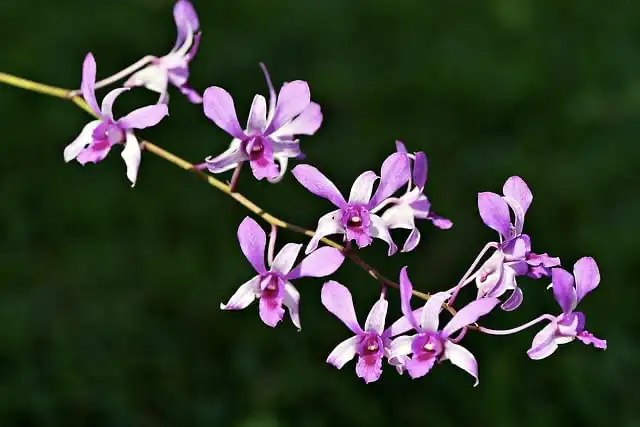
New detailed genetic analysis clarifies the evolutionary relationships among orchids and reveals that the plant’s ability to grow on trees evolved independently in several lineages.

Along with sugar reallocation, a basic molecular mechanism within plants controls the formation of new lateral roots. An international team of plant biologists has demonstrated that it is based on the activity of a certain factor, the target of rapamycin (TOR) protein. A better understanding of the processes that regulate root branching at the molecular level could contribute to improving plant growth and therefore crop yields.
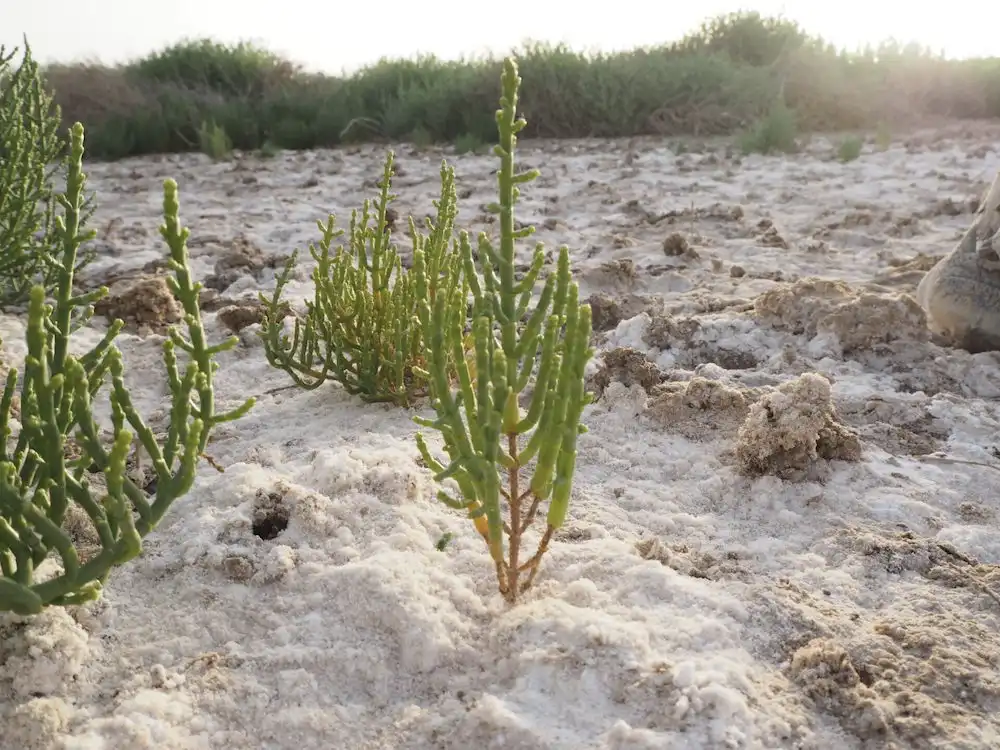
In a comprehensive review of breeding salinity tolerance in plants, researchers argue that the main reason research advances have not been translated into commercial salt-tolerant crop varieties for farmers is that this has not been a priority for plant breeders. However, with increasing impacts of climate change due to sea-level rise and storm surges forcing seawater further inland, the need to increase crop salinity tolerance is becoming more urgent, and so priorities will change.
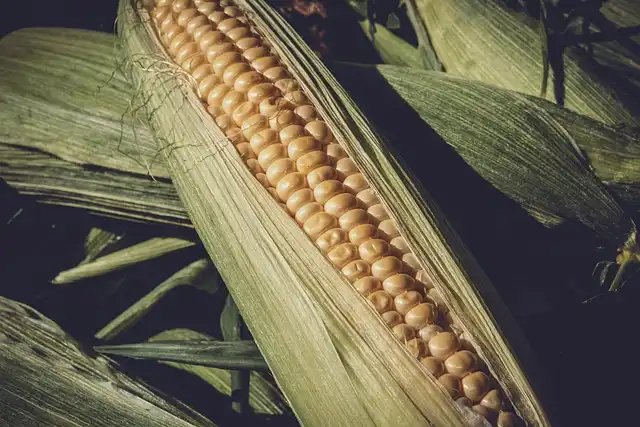
Plants show enormous variety in traits relevant to breeding, such as plant height, yield and resistance to pests. One of the greatest challenges in modern plant research is to identify the differences in genetic information that are responsible for this variation. A research team has now developed a method to identify precisely these special differences in genetic information. Using the example of maize, they demonstrate the great potential of their method and present regions in the maize genome that may help to increase yields and resistance to pests during breeding.
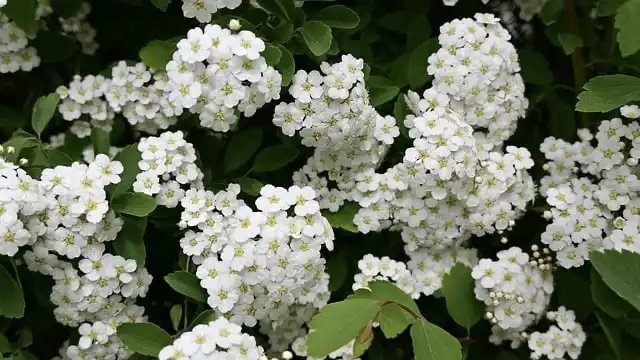
Researchers have discovered the secrets behind how plants move sugar using a protein called the SUC transporter. This breakthrough solves a long-standing mystery of the plant ‘heart’ and sheds new light on how plants defend themselves from pests.
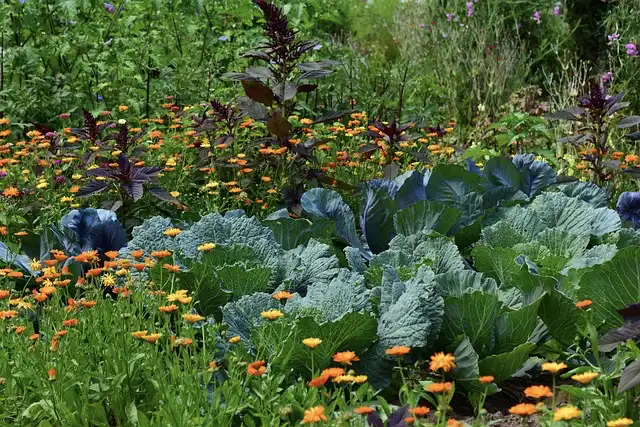
Tomatoes, bananas, cabbages, melons, pumpkins and cucumbers… are just some of the 150 crops of commercial interest that are victims of Fusarium oxysporum, one of the most important pathogens in the world due to the millions of dollars in losses it is responsible for and its ability to attack different types of plants. Although it can go unnoticed in the soil for more than 30 years, when it detects the roots of a host plant, it grows towards them, colonizing its vascular system and causing crops to wilt.

New research has tracked Japanese hanami (flower viewing) via social media images, producing an unprecedented map of cherry blossoms across Japan to document their annual bloom and calculate its peak in major cities.
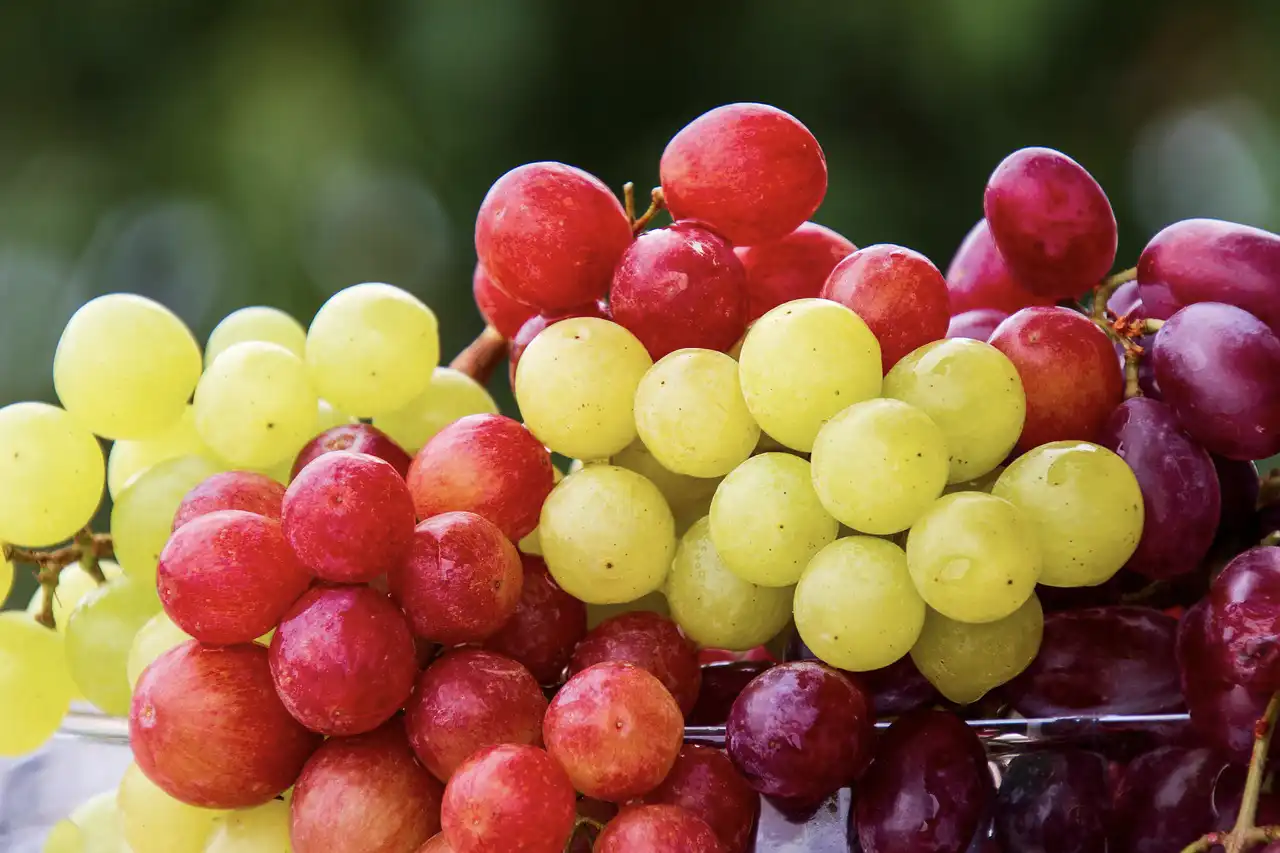
A new study analyzed DNA from ancient local winegrape seeds discovered at archaeological excavations in the Negev.